Imagine walking into the ruins of a historical center in the upper Orkhon River of north-central Mongolia in the beginning of winter. It was once the ancient city of the famous Mongolian warrior-ruler, Genghis Khan, one of the most famous conquerors of history, who consolidated tribes into a unified Mongolia and then extended into Asia and Europe..

It was an unbelievable experience standing in an old town in remote Mongolia in the snow. It was perfect upon imagination as the only thing I could hear was the snow falling in the late afternoon.
MONGOLIA TRAVEL VIDEOS
See Our YouTube Traveller’s NEST Overland channel for our travel videos on this magnificent country:
- OVERLANDING MONGOLIA S1E12: 4WD DRIVING ADVENTURE IN WINTER EXPLORING MONASTERY
Karakorum is the ancient capital of Great Mongol Empire. It is situated in a beautiful valley to protect it from the winds from Siberia. From the moment we got out of the car, and the Monastery was opened for us, I knew the Erdene Zuu Monastery was going to be special. It is an incredible feeling to walk thru the beautiful western gate to know you are entering a city built by the son of Genghis Khan.

Settlement began around AD 1218–20, when Genghis Khan established a town of yurts at Karakorum to rally his troops during his campaigns against the Khwarezm Empire. The name Karakorum literally translates as ‘black-twenty’ or “black gravel,” but studies by linguists suggest that ‘khorin’ could be a diversion of the word ‘khurem’ which means “castle” in Mongolian.

The actual foundation of a city is said to have occurred in 1220. Prior to 1235, Karakorum seems to have been little more than a yurt town; only then, after the defeat of the Jin empire, did Genghis’ successor his son, Ögedei, erect walls around the place and build a fixed palace.

Karakorum was once, one of the most important cities of the Silk Road. It was the ancient capital of the Mongolia empire from 1235 to 1260.

By the reign of Kublai Khan, the grandson of Genghis Khan and the fifth Great Khan of the Mongol Empire, the capital of Mongolia was moved to Xanadu on the south-eastern edge of the Mongolian plateau. Kublai Khan had taken control of most of modern-day China (becoming the first non-Han emperor) and established the Yuan dynasty.

This left the ancient city was largely abandoned by 1267. Became a provincial backwater, subsequently declining in status to an administrative center and sparsely populated. The city would eventually fall to troops of the Ming Dynasty in 1380, who razed Karakorum to the ground after the collapse of the Yuan dynasty in AD 1368. It would never rebuilt.

In 1585, the Buddhist monastery Erdene Zuu was founded in this location. The Erdene Zuu Monastery is considered one of the most important Buddhist temples and monasteries in Mongolia. The Khan ordered the construction of the monastery after his meeting with the 3rd Dalai Lama and the declaration of Tibetan Buddhism as the religion of Mongolia.

Erdene Zuu Monastery is probably the earliest surviving Buddhist monastery in Mongolia under Soviet rule.

Under Stalin directions in 1939 all monasteries and church were to be destroyed in Mongolia. All, but three temples in the monastery were destroyed. The stupas of walls were saved as well. In addition, 100s of monks were either killed or sent to Siberian gulags in Russia. The monastery was shut down in 1939, and reopened in 1965, but not a place of worship. The items were buried in nearby mountains, or stored in local homes at great risk to the residents to be preserved for future generations.

Temples
The monastery is enclosed in an immense walled compound. Spaced evenly along each wall, about every 15m, are 108 stupas. 108 is a sacred number to Buddhists. The three temples in the compound – Zuu of Buddha, Zuun Zuu and Baruun Zuu – which were not destroyed in the 1930s, are dedicated to the three stages of Buddha’s life: childhood, adolescence and adulthood. The military are responsible for destroying the monastery, but these three temples are spared due to their historical significance.

After the fall of Communism in Mongolia in 1990, the monastery was turned over to the lamas and Erdene Zuu again became a place of worship. It is a very sad part of Mongolian history.

Today Erdene Zuu remains an active Buddhist monastery as well as a museum that is open to tourists.
GPS coordination of the monastery are 47°20’16″N 102°84’31″E
COST :Free to wander the ground, but ticket needed for the museum. It costs 5000T or USD2 to take photos inside the temples.
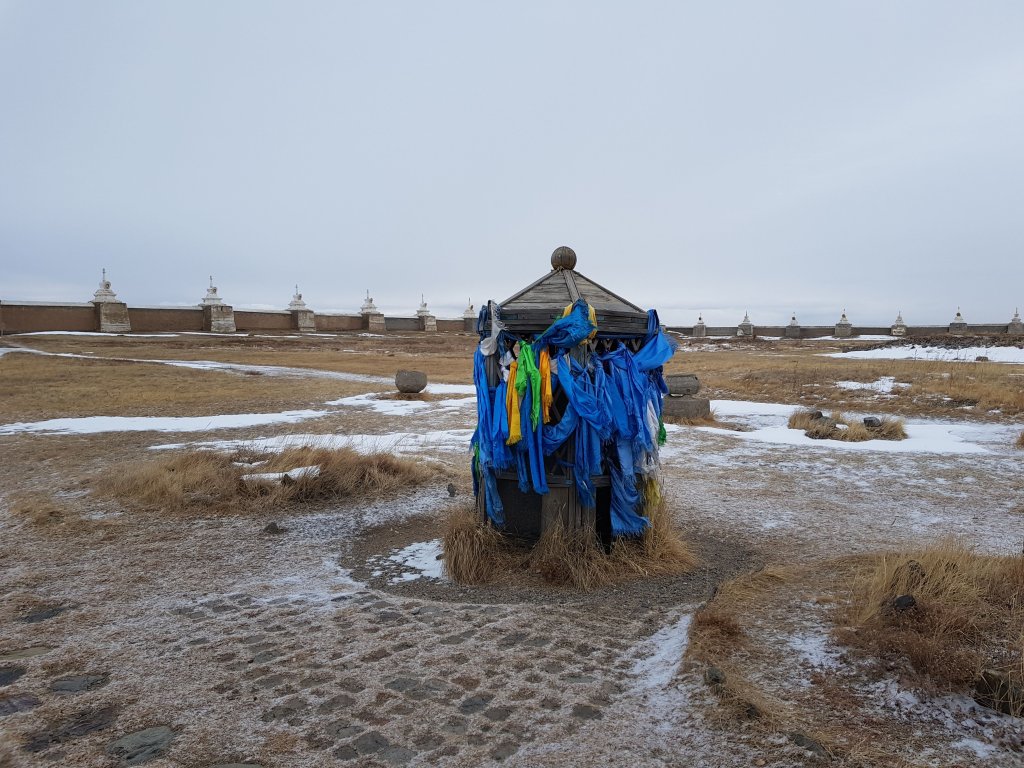











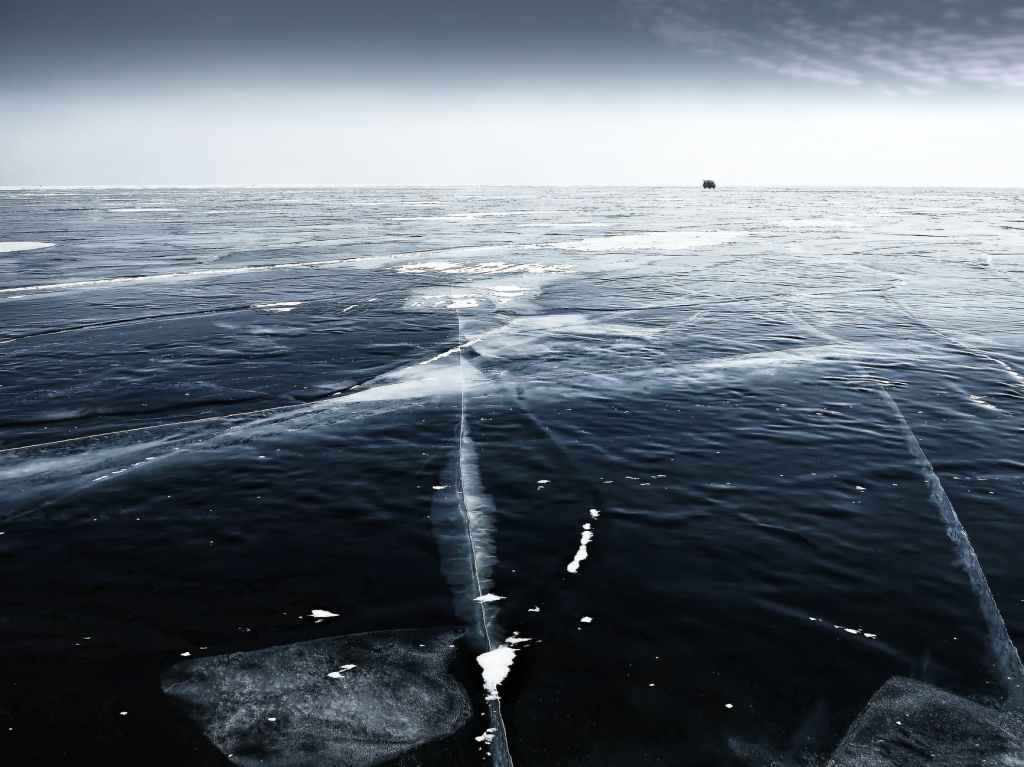


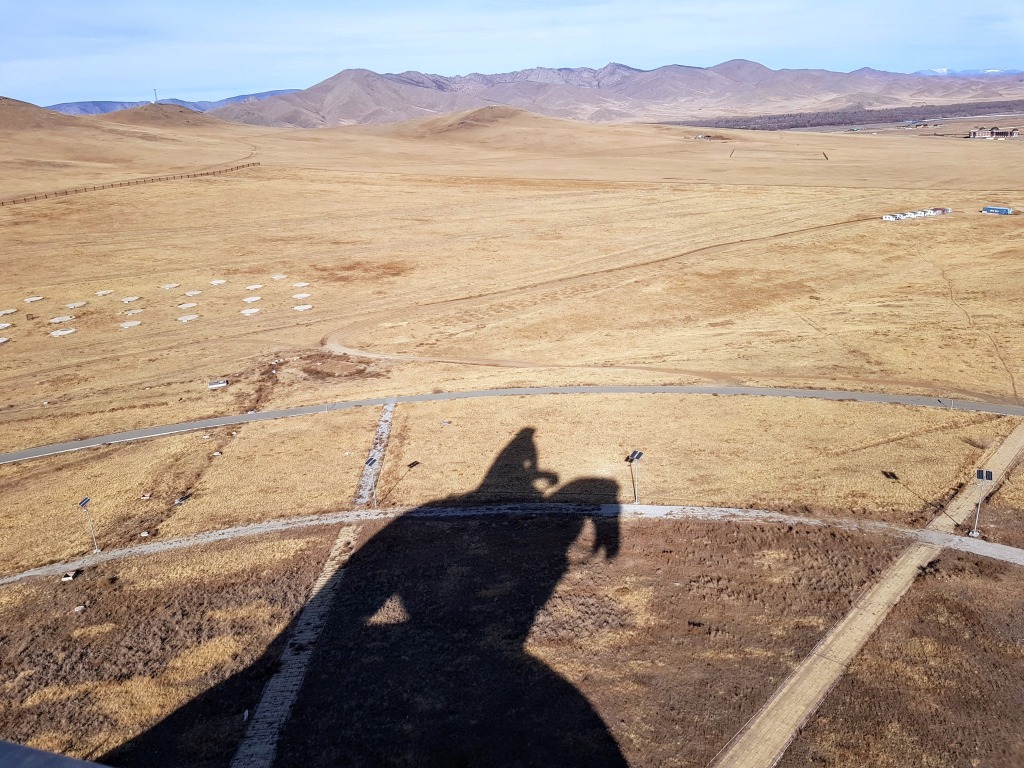
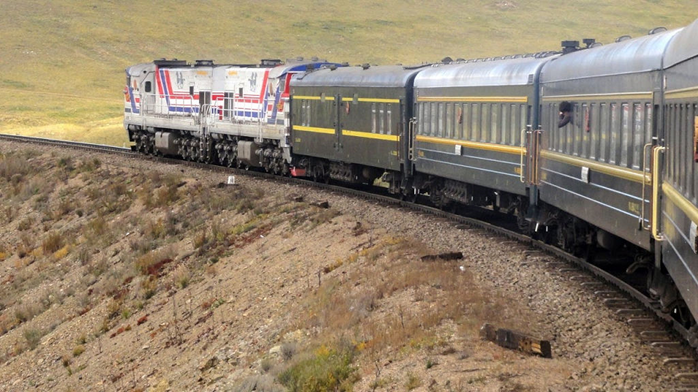




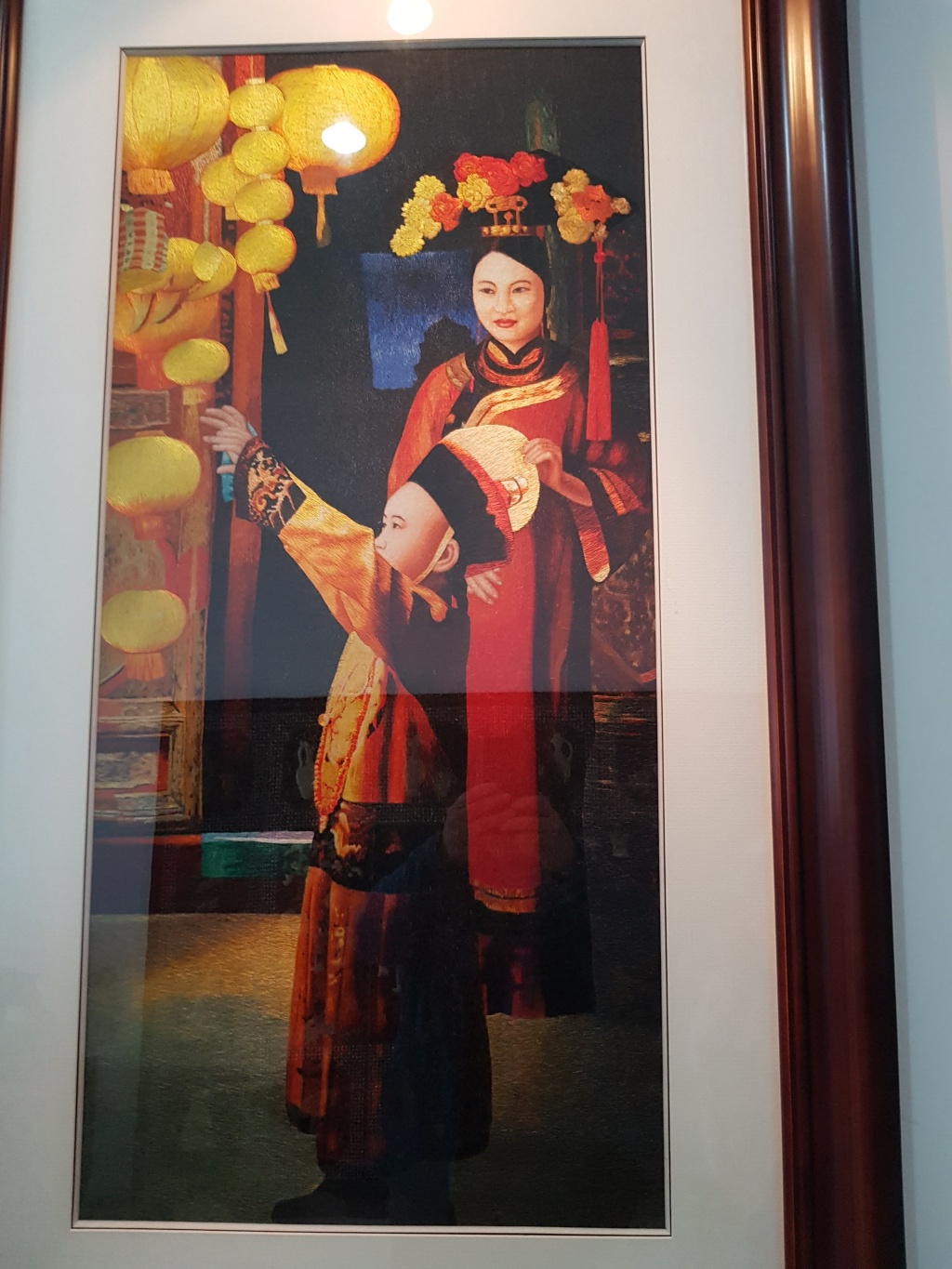
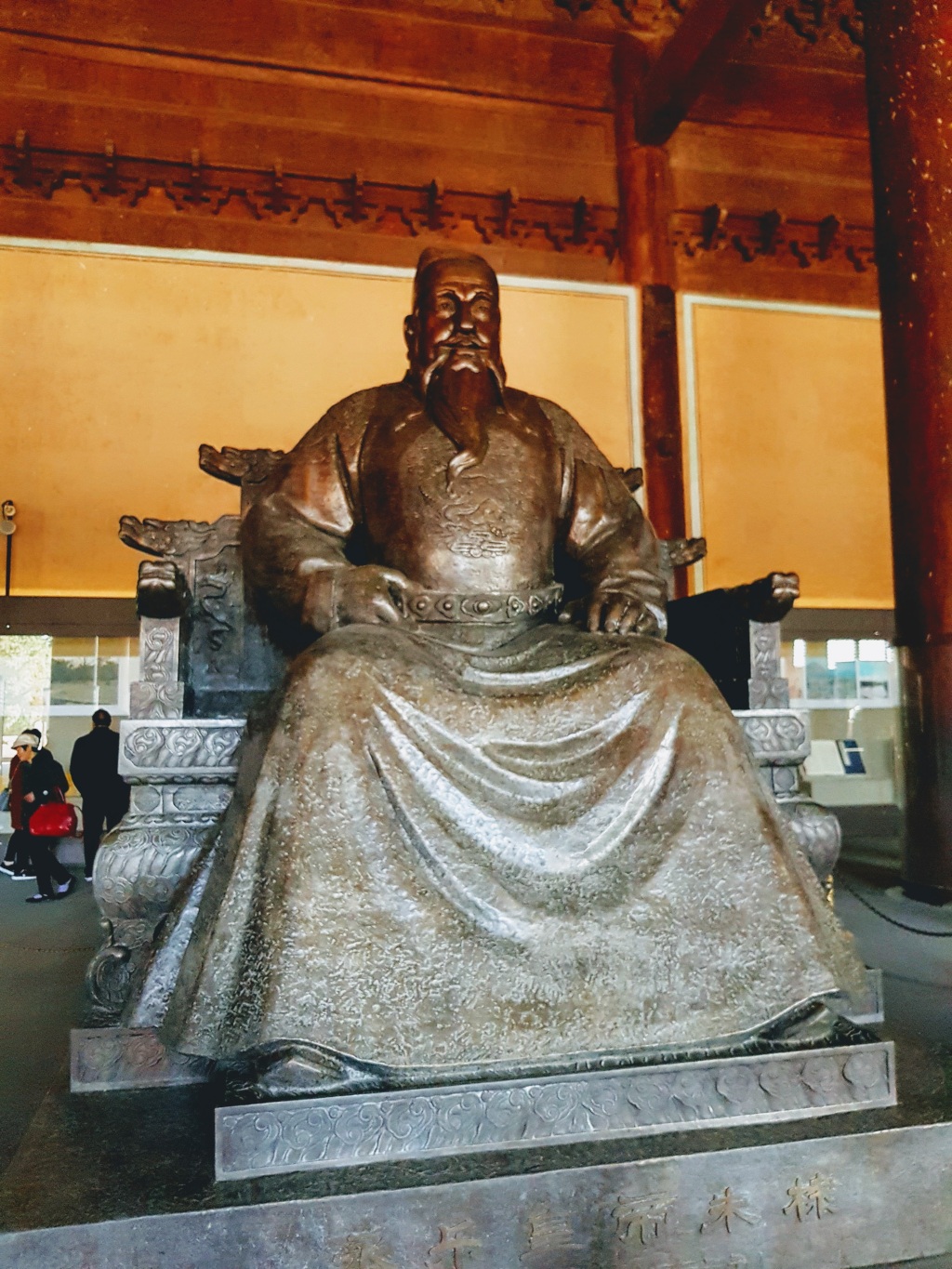
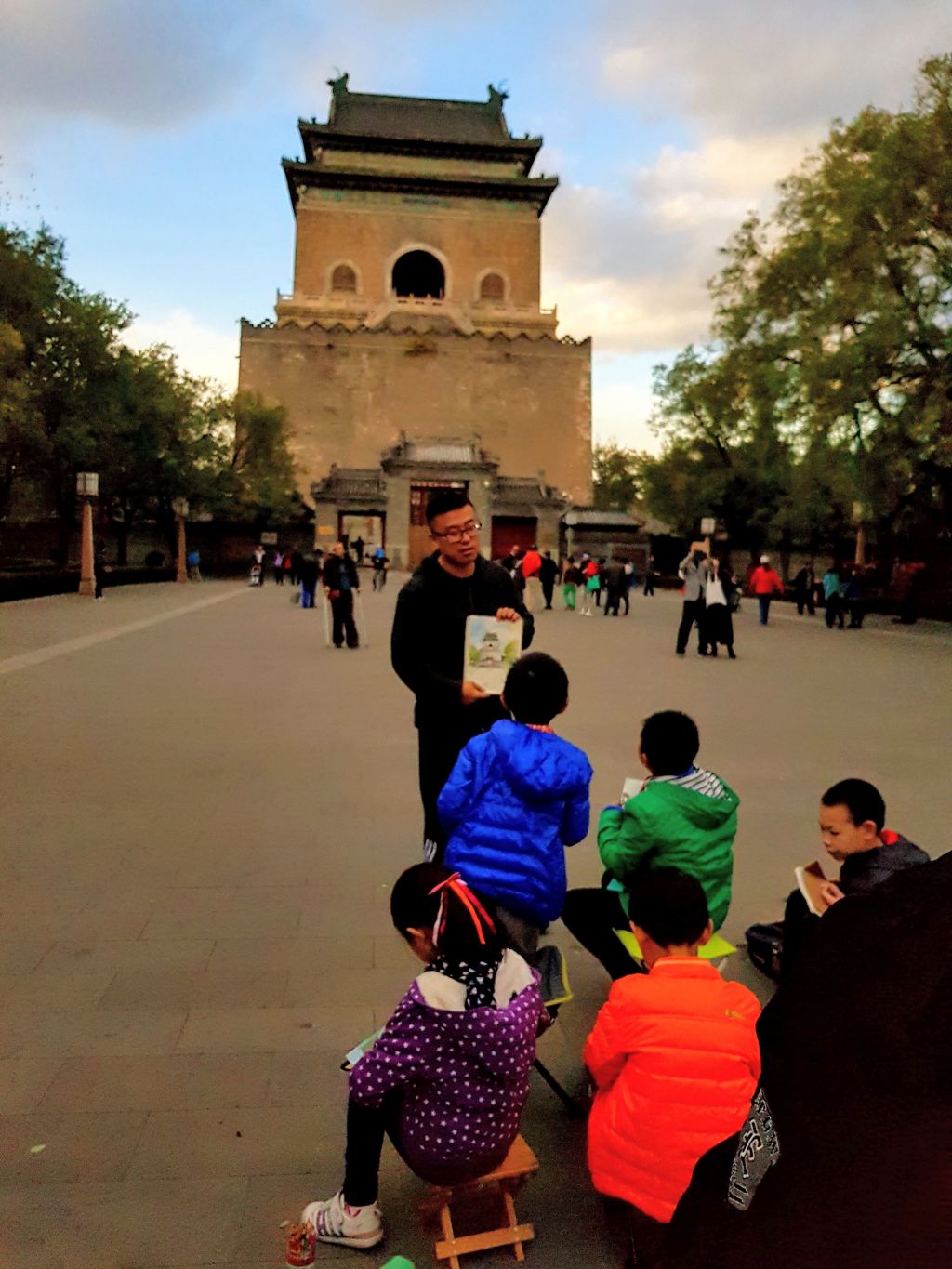


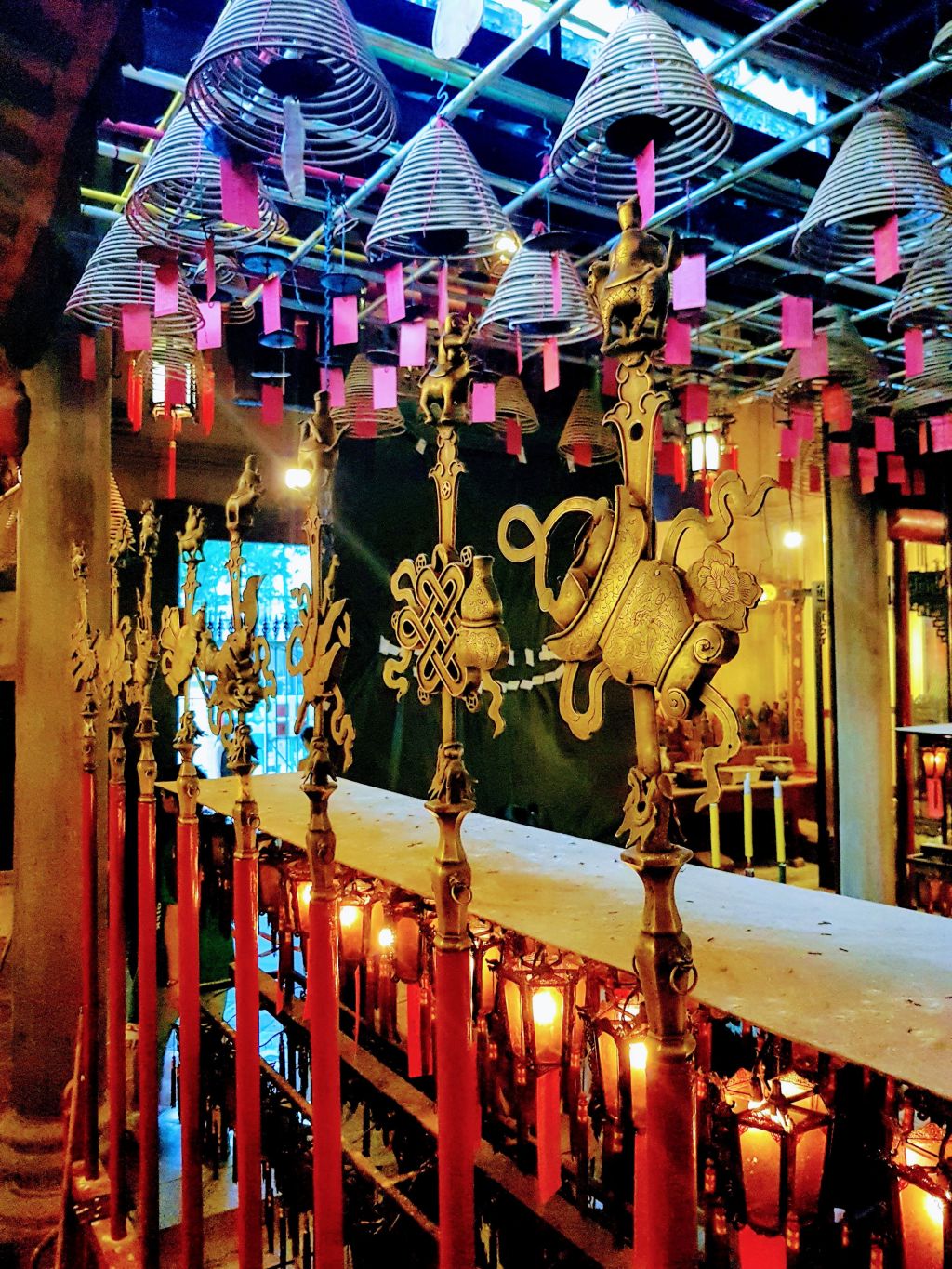
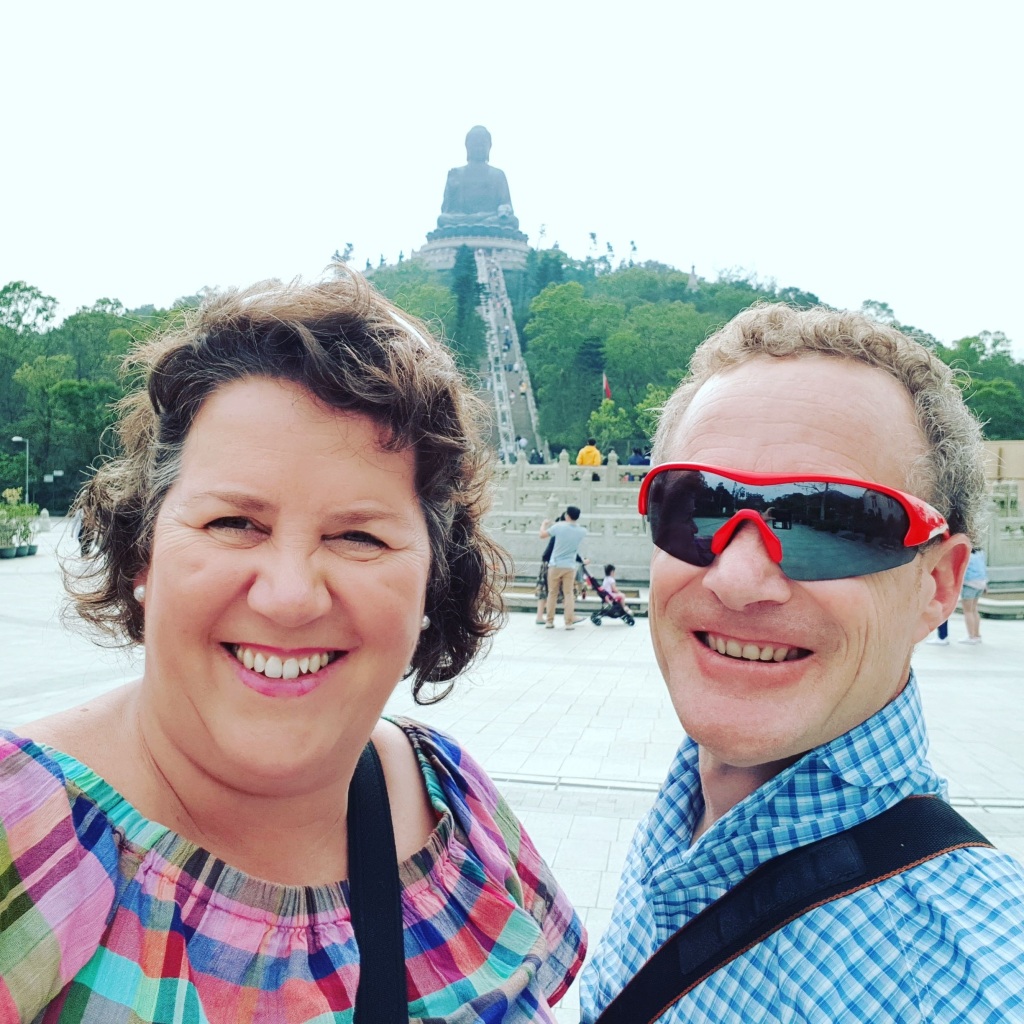
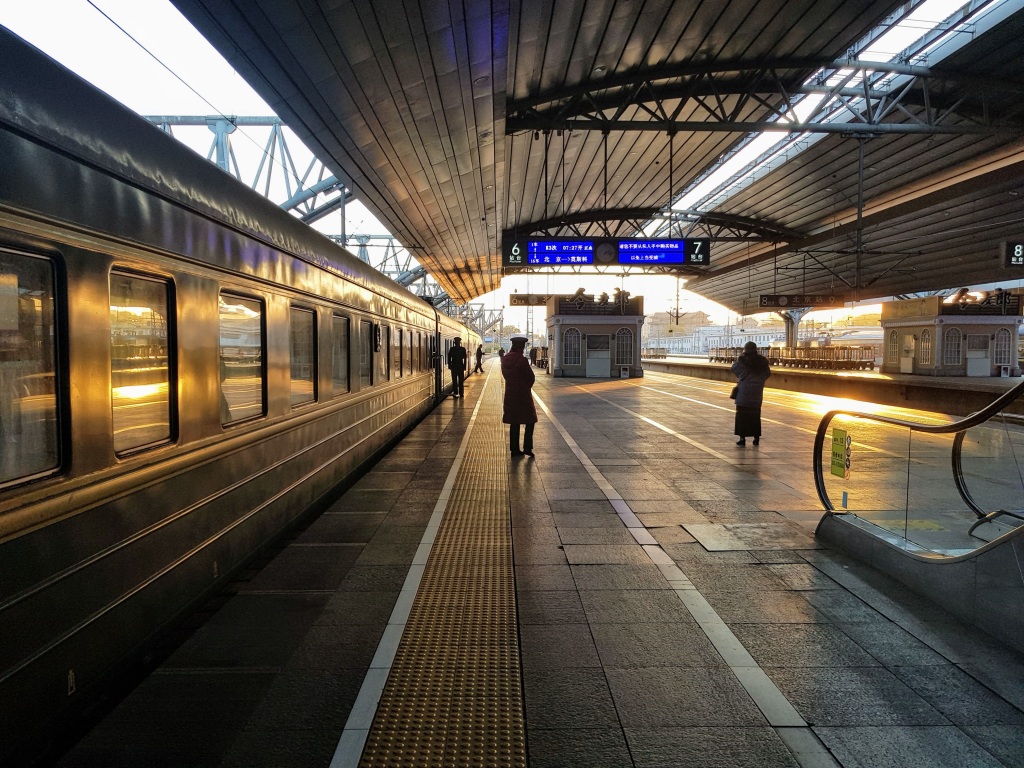
Leave a comment